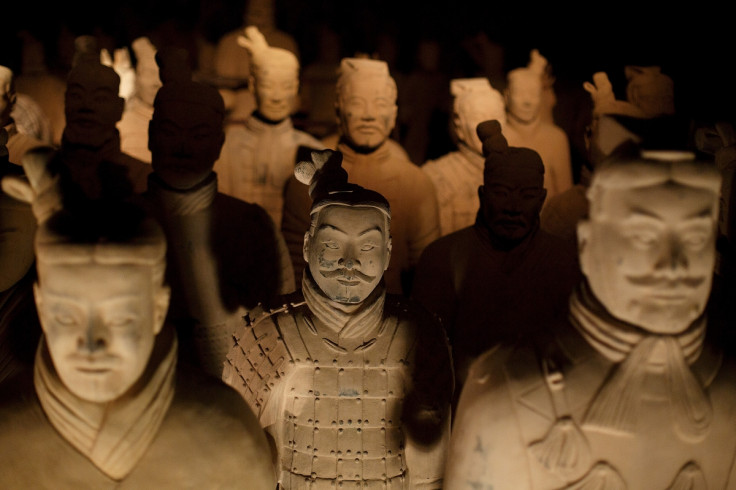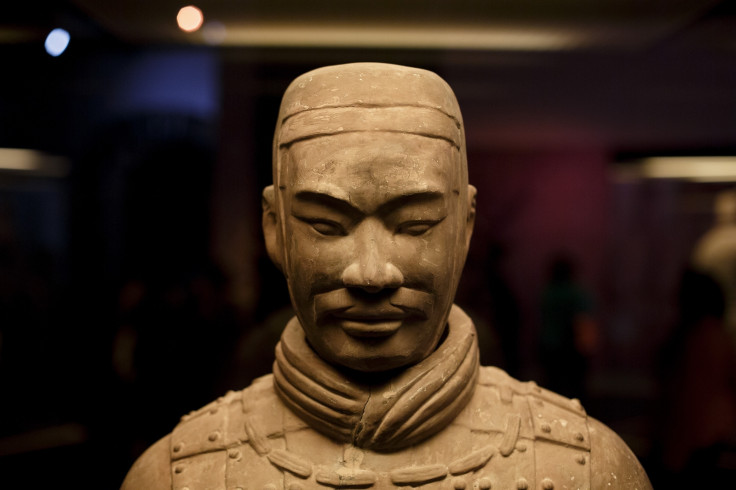China's Terracotta Army Modelled on Real Soldiers, Scans Reveal

China's Terracotta Army was modelled on real soldiers, scientists using imaging technology have revealed.
Researchers at University College London (UCL) and Emperor Qin Shi Huang's Mausoleum Site Museum in Lintong, China, used the latest advances in technology to work out the design process behind the 8,000 life-like clay warriors.
The Terracotta Army was discovered in 1974 by farmers digging a well. It had been created in the second century BC for Qin Shi Huang, who had commissioned it for his burial tomb.
Since it was found, experts have debated whether the life-size models were based on individual people or were just made from standard facial features.
Published in National Geographic, the researchers took detailed measurements of the statues' facial features, focusing on one area in particular – the ears.
Findings showed the shapes of the ears varied to such an extent that they must have been based on real humans. Andrew Bevan, from UCL, explained: "If a thief presses an ear against a door or a windowpane, that can be as effective as a fingerprint."

3D reconstructions were created with digital technology. The team initially sampled 30 warriors. Findings showed no two ears were exactly the same and, in fact, they differed to the same degree of variability as in the human population.
"Based on this initial sample, the Terracotta Army looks like a series of portraits of real warriors," UCL archaeologist Marcos Martinón-Torres said.
The team is now measuring a larger sample of warriors to cross-reference their data.
It is currently thought the Terracotta Army was made in workshops by local craftsmen and government workers. The heads, arms, legs and torsos were all made separately then assembled on site.
Some people think a handful of face moulds were used, then individual features were added on, but the latest findings go against this.
Instead, their findings fall in line with that of John Komlos, a German historian who found the differing heights were close to that of Chinese men from the 19<sup>th century, suggesting they represent the true physical stature of the army at the time.
© Copyright IBTimes 2024. All rights reserved.






